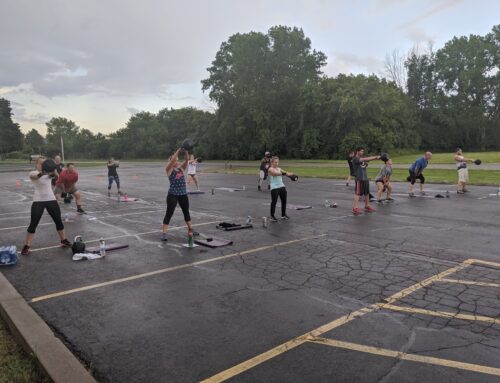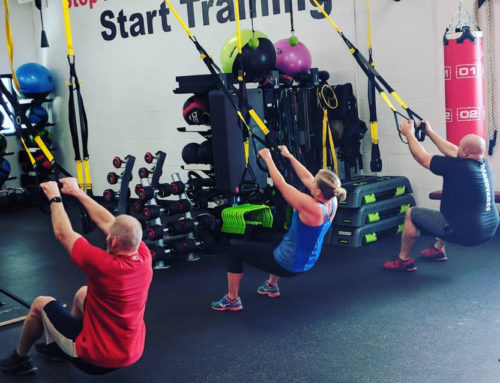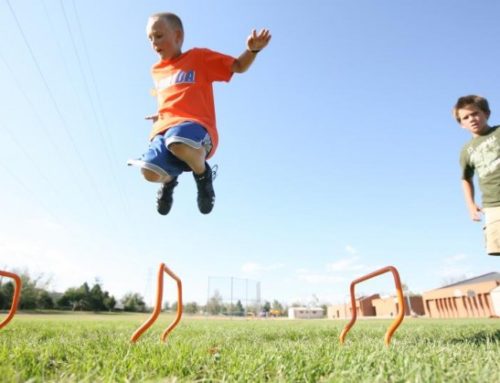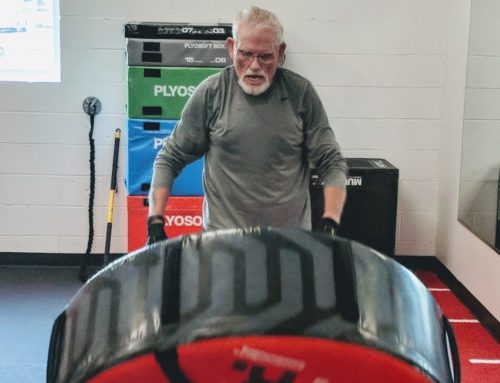Current technology offers clients many ways to measure their physical activity throughout the week: steps, stairs, calories, and minutes of training. Although these metrics give one an idea of the volume of physical activity one accomplished during the day, heart rate monitoring and training give clients a way to retrospectively review the intensity of a specific training session. Heart rate chest straps have been around since the early 1980s. They take some practice to get on efficiently because they must be snug and close to the heart. However, once the chest straps are secure, they can accurately monitor heart rate during training. Wrist-based heart rate monitoring is also deemed to be relatively accurate during aerobic activities. However, due to differences in the technology between chest straps (telemetric) versus wrist-based monitors (optical), the accuracy of the optical wrist-based heart rate monitor can vary widely, resulting in underestimation or overestimation of heart rate by as much as 30 beats per minute. There are numerous ways to monitor intensity during a training session, such as watts, and/or speed and although watts and/or speed are direct indicators of performance, heart rate can be impacted by factors such as heat or dehydration. Thus, using target heart rate in combination with other performance metrics can help clients maximize performance, while also helping to decrease the risk of dehydration or over training.
Here are some suggestions to make sure you get the best out of your HR Monitor. Have this information ready when registering your HR belt.
- Age; Most devices will have age since this is a major component of estimating heart rate max; APMHR (Age Predicted Maximum Heart Rate) = 220 – Age.
- Your birthday (and the current date); A device can use birthday and current date to calculate age, if age is not directly entered.
- Resting heart rate; Some devices may ask for resting heart rate. This is very important because it is the most accurate method of calculating heart rate ranges. Target heart rate = (maximum heart rate − resting heart rate) × % of desired intensity + resting heart rate.
- Make sure the device fits properly. Both chest straps and wrist-based monitors need to be snug.
- Understand the limitations of your device. How does the device determine maximum heart rate?
- Know what the work zones mean for your device.






